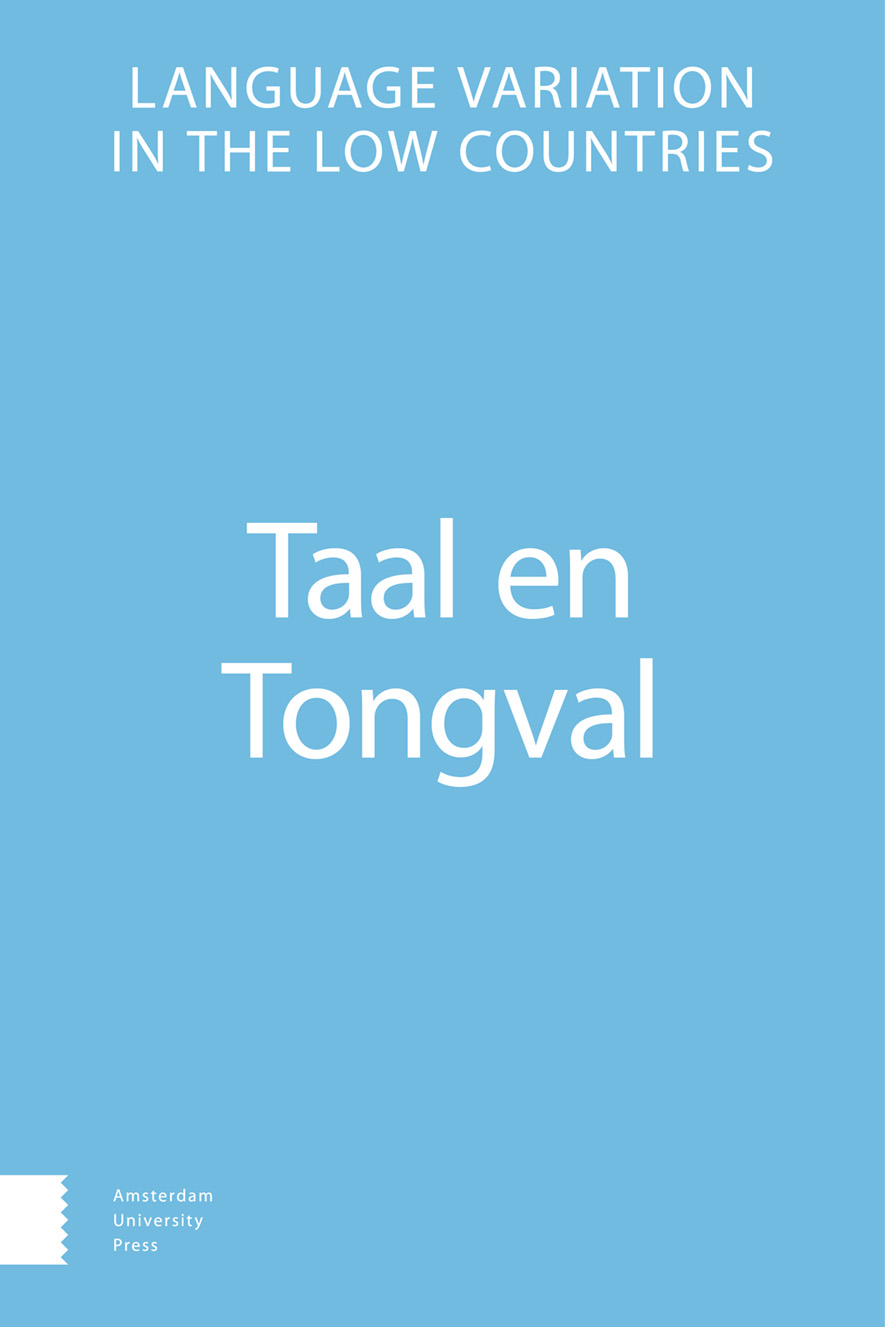-
oa Streektaaldood in de Lage Landen
- Amsterdam University Press
- Source: Taal en Tongval, Volume 72, Issue 1, 2020, p. 7 - 16
-
- 01 Jan 2021
Abstract
Dialect Death in the Low Countries
The death of Dutch dialects has been anticipated on various occasions in the past, a prediction that had not been borne out until the end of the twentieth century. Reliable figures about the state of autochthonous language diversity are surprisingly scarce. Lumping together and harmonizing figures from long term studies on dialect competences of students and schoolchildren from Belgium and the Netherlands, one can observe a gradual decline in the Netherlands over the 20th century and a more rapid decline in Flanders since the sixties, both ultimately heading towards (nearly) ‘zero’ for children born in 2020. Drastic reduction of linguistic diversity turns out not to be a privilege of the Amazonas or Papua New Guinea. The linguistic map of the Dutch speaking areas is filled with Randstad-oriented speech in the Netherlands, an emerging Tussentaal (‘In-between-language’) in Flanders and pockets of resistance of traditional vernaculars in Fryslân and Dutch Limburg, as well as some incidental communities in a few villages around the country.


